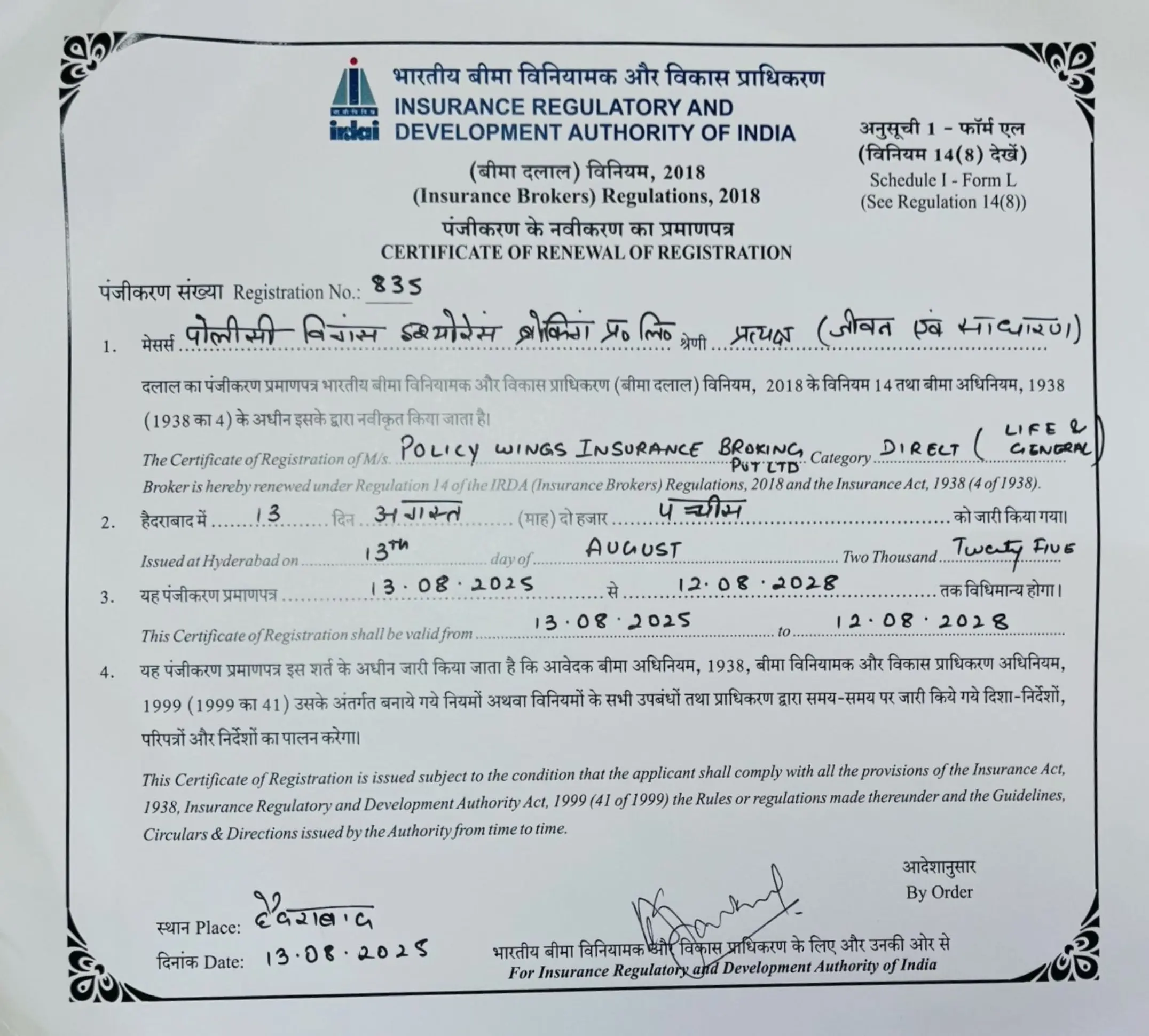The Ultimate Guide to Health Insurance: Everything You Need to Know
Homepage > Articles > Hey! Have you ever wondered how you would handle the burden of unexpected medical expenses? According to the National Health Expenditure Accounts (NHEA), healthcare spending in the United States reached a staggering $3.8 trillion in 2019, accounting for nearly 18% of the country’s GDP. This number is projected to rise even further in the coming years. With healthcare costs skyrocketing, it has become increasingly crucial to have proper health insurance coverage to protect ourselves and our loved ones. But with the vast array of options available, exploring the complex world of health insurance can be a daunting task. Don’t worry though, as your trusty assistant, policywings is here to help make sense of it all. This comprehensive guide aims to showcase health insurance and provide you with all the information you need to make informed decisions about your healthcare coverage. What is Health Insurance? Health insurance usually covers a range of medical expenses, including doctor visits, hospital stays, prescription medications, and certain preventive care services. The specific coverage and benefits vary depending on the insurance plan chosen. For example, let’s say you have insurance and you need to see a doctor for a regular check-up. Instead of paying the full cost of the visit out of pocket, your insurance would cover a portion of the cost, reducing your financial burden. The amount that your insurance company covers and the amount you are responsible for (such as deductibles, copayments, or coinsurance) will depend on your specific insurance plan. Having health insurance is important because it can provide financial security and access to necessary medical care. It can help protect individuals and their families from high medical expenses and ensure that they receive the care they need when they need it. Types of Health Insurance Plans There are several types of plans, each with its own benefits and limitations. Understanding the differences between these plans is crucial in choosing the one that best suits your needs. Individual Medical Insurance: Individual medical insurance plans provide coverage to an individual for medical expenses. These plans are customizable and allow individuals to choose the coverage that suits their specific needs. They usually cover hospitalization, surgeries, doctor consultations, and medical tests. Individual medical insurance plans offer a range of benefits such as cashless hospitalization, pre and post-hospitalization expenses, and coverage for day-care procedures. Examples of individual medical insurance plans include Aetna’s Individual Health Insurance Plans and Cigna’s Individual and Family Insurance Plans. Family Floater Medical Insurance: Family floater medical insurance plans offer coverage for the entire family under a single policy. These plans are useful for families as they provide a single sum insured that can be utilized by any family member as needed. Family floater plans usually cover hospitalization expenses, pre and post-hospitalization costs, doctor consultations, and medication expenses. They may also cover maternity expenses, newborn baby coverage, and vaccination costs. Examples of family floater medical insurance plans include ICICI Lombard’s Family Floater Health Insurance and HDFC ERGO’s Health Suraksha Family Floater Plan. Senior Citizens Health Insurance: Senior citizens insurance plans are specially designed for individuals above a certain age, usually 60 years and above. These plans offer coverage for age-related illnesses and additional benefits such as pre-existing condition coverage, day-care procedures, and regular health check-ups. They may also provide benefits for alternative treatments like Ayurveda or Homeopathy Examples of senior citizens health insurance plans include Star Health’s Senior Citizen Red Carpet and Max Bupa’s Senior First. Critical Illness Insurance: Critical illness insurance plans provide a lump sum payment upon diagnosis of a critical illness covered by the policy. These plans are designed to help individuals cope with the financial burden of expensive treatments for critical illnesses like cancer, heart disease, or stroke. Critical illness insurance plans generally have a specified list of illnesses covered, and the insured receives the lump sum regardless of the actual medical costs incurred. Examples of critical illness insurance plans include Religare Health Insurance’s Critical Illness Insurance and Bajaj Allianz’s Critical Illness Health Insurance. Group Health Insurance: Group health insurance plans provide coverage to a group of individuals, such as employees of a company or members of an organization. These plans often offer comprehensive coverage at lower premiums due to the size of the group. It also plans usually cover hospitalization, doctor consultations, and medication expenses. They also include benefits such as maternity coverage, pre-existing condition coverage, dental and vision care, and wellness programs. Examples of group health insurance plans include UnitedHealthcare’s Group Health Insurance and Cigna’s Group Health Insurance. Mediclaim Insurance: Mediclaim insurance plans, also known as hospitalization insurance, cover expenses related to hospitalization and medical treatments. These plans reimburse the insured for medical expenses incurred during a specified period. Mediclaim insurance plans typically cover hospitalization expenses, doctor consultations, medication costs, diagnostic tests, and surgical procedures. They also offer benefits such as cashless hospitalization, pre and post-hospitalization expenses, and coverage for day-care procedures. Examples of mediclaim insurance plans include Apollo Munich’s Optima Restore and Reliance General Insurance’s Health Infinity. Understanding Insurance Terminologies To fully understand health insurance, one needs to be familiar with certain terminologies. Here are a few common terms you might come across: Premium: The premium is the amount you pay to the insurance company on a regular basis (monthly, quarterly, or annually) to maintain your coverage. Deductible: The deductible is the amount you need to pay out of pocket before your insurance company starts covering your medical expenses. Copayment: A copayment is a fixed amount you pay for each covered service, such as a doctor’s visit or prescription medication. Coinsurance: Coinsurance is the percentage of medical expenses you are responsible for after meeting your deductible. Out-of-pocket maximum: The out-of-pocket maximum is the highest amount you’ll have to pay in a year. Once you reach this limit, the insurance company covers 100% of your remaining expenses. Choosing the Right Health Insurance Plan With so many options available, it can be easy to feel overwhelmed and confused. However, by following a few simple dos
The Ultimate Guide to Health Insurance: Everything You Need to Know Read More »


